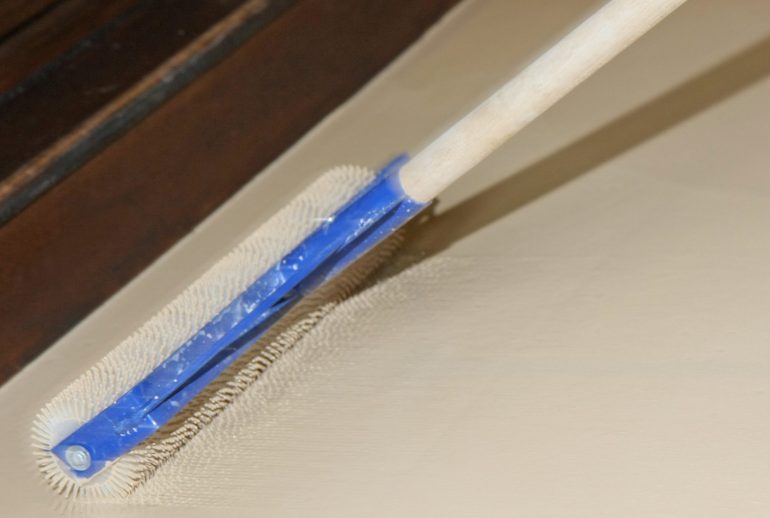Contractors should firstly take steps to ensure that the subfloor is dry and they have fully removed any contamination of the subfloor that could lead to imperfections including ‘pin holing’.
Priming
In addition to improving bond performance, primers can also reduce the incidence of surface defects and blemishes, such as pin holing in smoothing underlayments.
F. Ball’s Stopgap P131 general purpose primer is designed to promote the adhesion of Stopgap smoothing underlayments to smooth non-absorbent surfaces and can be used to combat pinholing. It can also be used as a general purpose primer for absorbent surfaces to promote adhesion and to prevent unacceptably rapid drying of adhesives and smoothing underlayments.
Stopgap P121 acrylic primer is specially formulated for use with Stopgap 1100 Gypsum smoothing underlayment over calcium sulphate screeds.
Spiked roller
Should any imperfections resulting from air trapped in the underlayment arise once applied, they can be eliminated by gently rolling over the area with a spiked roller.
Using a spiked roller also enables different batches of smoothing underlayment to blend together, assisting flow properties to create a smooth, even floor finish.


